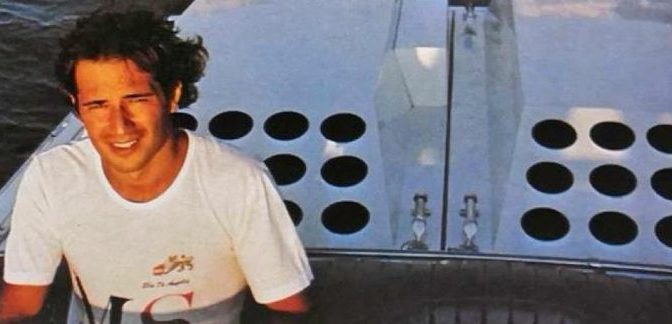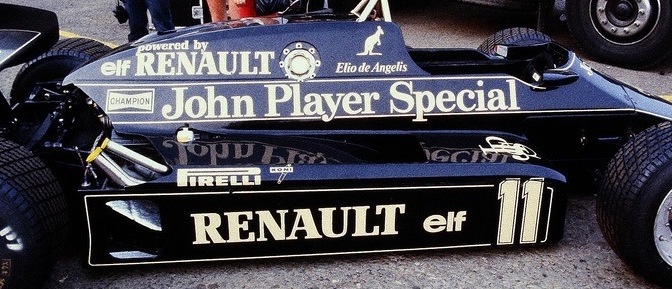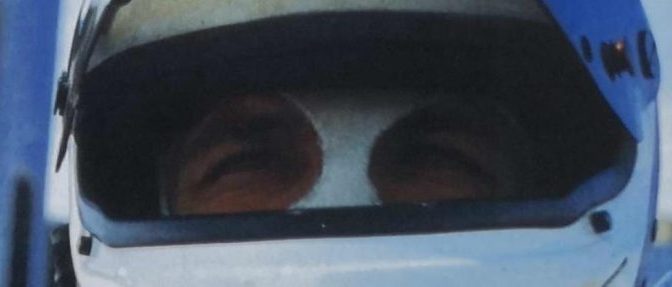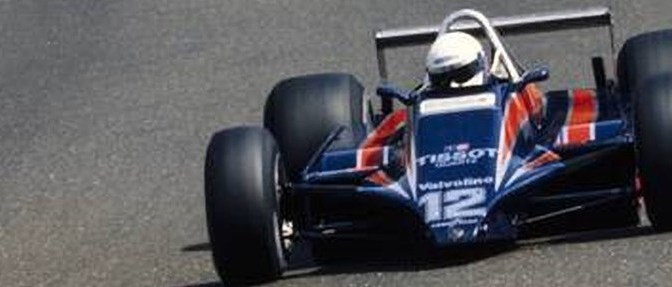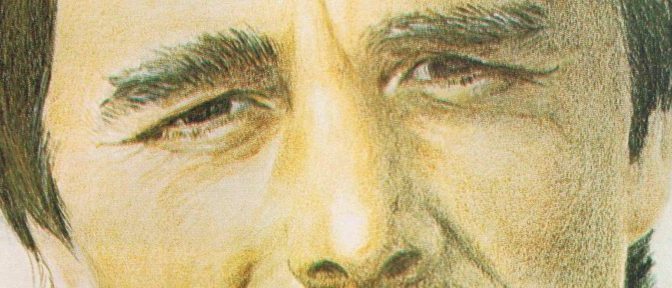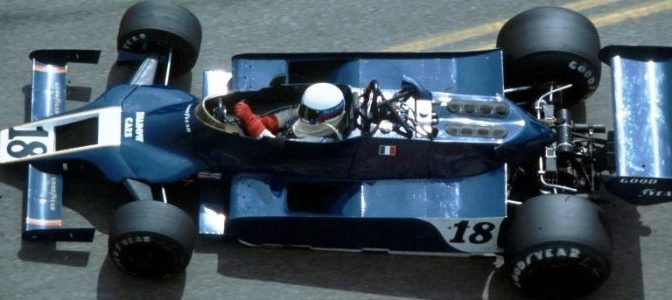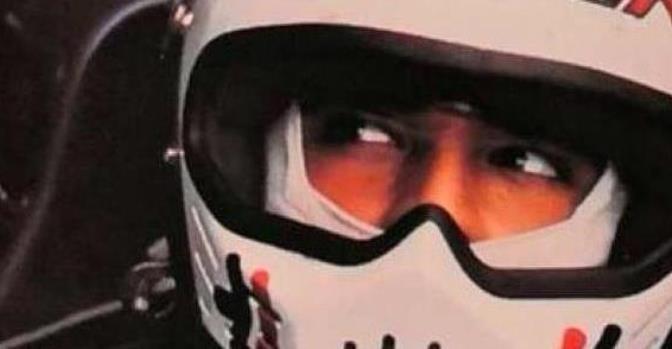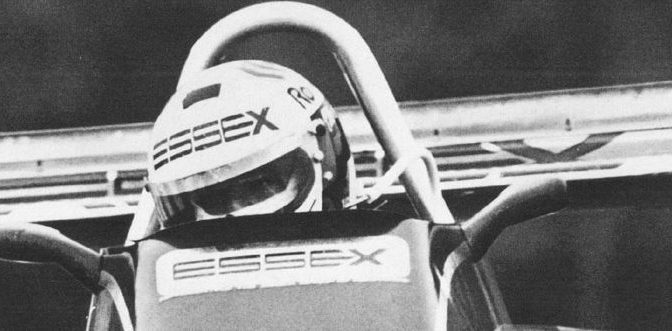L’articolo si riferisce a una sfida agonistica fra l’italiano, l’irlandese e il brasiliano, all’interno di uno degli autodromi californiani in miniatura appartenenti alla catena imprenditoriale ‘Malibu Grand Prix’ disputata con delle monoposto dalle dimensioni contenute che, a grandi linee, riproducevano visivamente le fattezze delle macchine in uso nel campionato USAC di quel periodo storico. Il diversivo ludico ebbe luogo nei giorni immediatamente antecedenti al Gran premio degli USA Ovest 1979, l’evento che chiudeva la trasferta americana di inizio stagione, consistente nelle tappe di Buenos Aires, di San Paolo e di Long Beach. Derek Daly, papà di Conor Daly, attuale pilota della Indycar, all’epoca dei fatti descritti correva per la Ensign, e nel corso di quella stagione venne chiamato a rimpiazzare il degente Jarier alla Tyrrell. Dei tre giovani protagonisti citati, il ventiseienne era quello con la maggiore anzianità di servizio, avendo debuttato in Formula Uno esattamente un anno prima. Il volenteroso Nelson Piquet, dopo un periodo di rodaggio con altre scuderie, era approdato alla corte di Ecclestone in sordina. Quell’anno su una Brabham opaca che si dimenava tra le difficoltà, i progetti sbagliati e gli screzi con la Parmalat e l’Alfa Romeo, venne alla ribalta nelle cronache, a sorpresa, per la caparbietà e la capacità di mettersi in luce. In una delle fotografie sotto, il brasiliano mostra sulla maglietta l’effigie di Gunnar Nilsson, il corridore repentinamente deceduto a causa di un cancro alla fine del 1978: la fondazione per la ricerca contro la lotta ai tumori, la quale prendeva il suo nome, venne finanziata con lodevole trasporto e spontaneità in quegli anni attraverso iniziative diversificate. La traduzione in italiano dell’articolo, a cura di questo sito, segue l’originale testo in lingua inglese.




Four wheels, a steering wheel and a circuit are always good news to a racing driver. Even before the actual Grand Prix at Long Beach had started, Derek Daly and Elio De Angelis were racing one another, but in little single seaters powered by rotary engines. Their duel became three-cornered when Nelson Piquet joined in. It was the Malibu Grand Prix.
“A little car on a circuit? You want me to drive? I’ll come along!”.
As soon as Elio De Angelis heard Derek Daly’s reply to the invitation to race the little single seater, his eyes lit up. When it comes to driving and a bit of speed, he’s interested. So, as Derek, his 1978 Formula Two teammate was going to the Malibu Grand Prix, why not go along too.
“Malibu Grand Prix” behind this slightly puzzling name lies a series of twisty American circuits (20 in all) on which anyone can drive these little cars. They’re certainly not Formula One cars, but the engines are powerful enough to make the cars fun to drive. Their Wankel rotary engines can push the cars up to about 55mph, but not on this twisty circuit. Narrower than a kart track, the home of the Maliby Grand Prix comprised an endless series of corners. It really was a Mickey Mouse circuit, but nevertheless fast enough to spin on.
Continua a leggere “Malibu Grand Prix: De Angelis on Pole” — Grand Prix international n.4/1979


